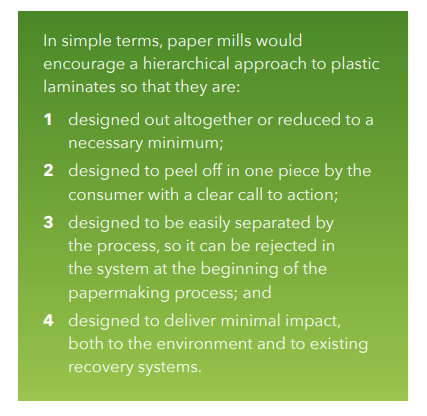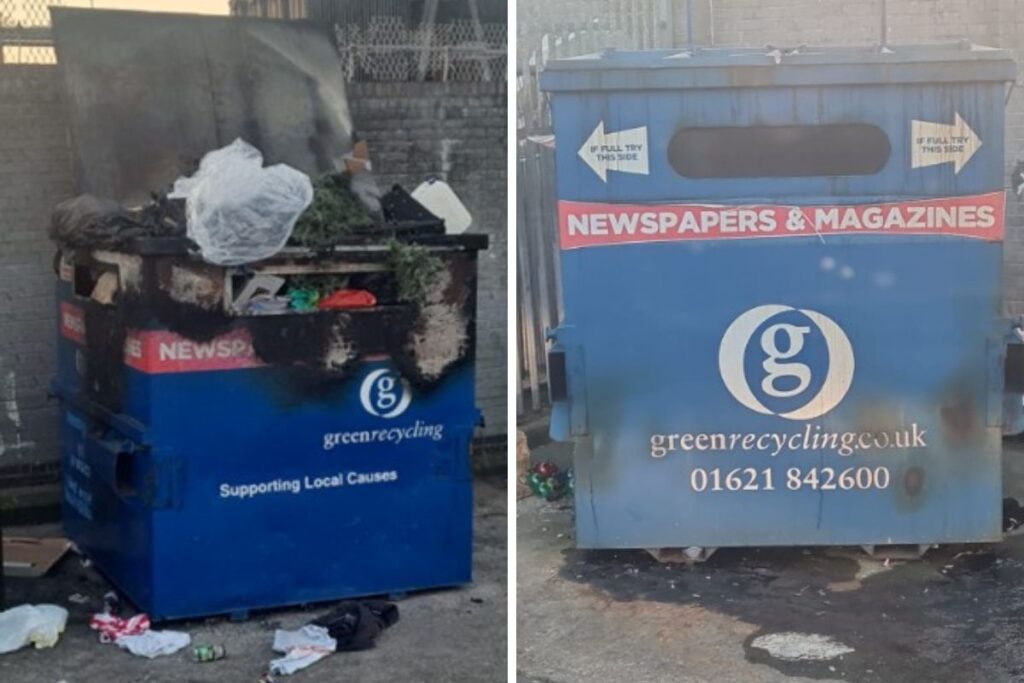First published in 2019 by the CPI, a trade association representing the UK’s paper-based Industries, the fourth edition provides further clarity to retailers on how new products can be designed that can be easily recycled.
The body explained that the guidelines “aim to inspire the next generation of packaging products and technological progress”.
The policy section has been “thoroughly reviewed” to reflect current developments, while a comprehensive overview of the different sources of contamination provides insights to improve the quality of recyclate.
Recommendations
The guidelines encourages designers to limit non-paper components in new products, such as barriers, inks, varnishes, and adhesives, to 5% of the pack weight.
However, this is not a strict rule for determining recyclability; the assessment of packaging products must be done on a case-by-case basis.
The guidelines also warn that plastic is a contaminant and will be rejected from the process.
Currently, standard paper machine reprocessing technology is designed to cope with a maximum of 1.5% non-paper components (such as plastic and metals) in the material delivered to the machinery.
This implies an average across all material delivered to the mill, but in practice is assessed by sampling individual loads upon delivery at the mill.
Two-sided laminates such as beverage cartons, and hard to recycle laminates with water resistant properties, such as drinks cups, should be marked appropriately, collected separately, and reprocessed at facilities capable of accepting them.
The guidelines also say that the paper industry has “no preference” for biodegradable or conventional plastics since all plastic waste from the paper machine will be treated in the same way and sent to EfW facilities or landfill, unless separately collected and processed by specialist operators.
‘Commitment’
Dimitra Rappou, executive director for sustainable products at the CPI, said: “Our commitment to promoting the sustainability agenda within the fibre-based packaging industry remains steadfast with the release of the fourth edition of the Design for Recyclability Guidelines.
“By prioritising innovation and collaboration, we are setting the parameters for future packaging design and sustainable packaging practices, while also inspiring the next generation of packaging solutions.”










Subscribe for free